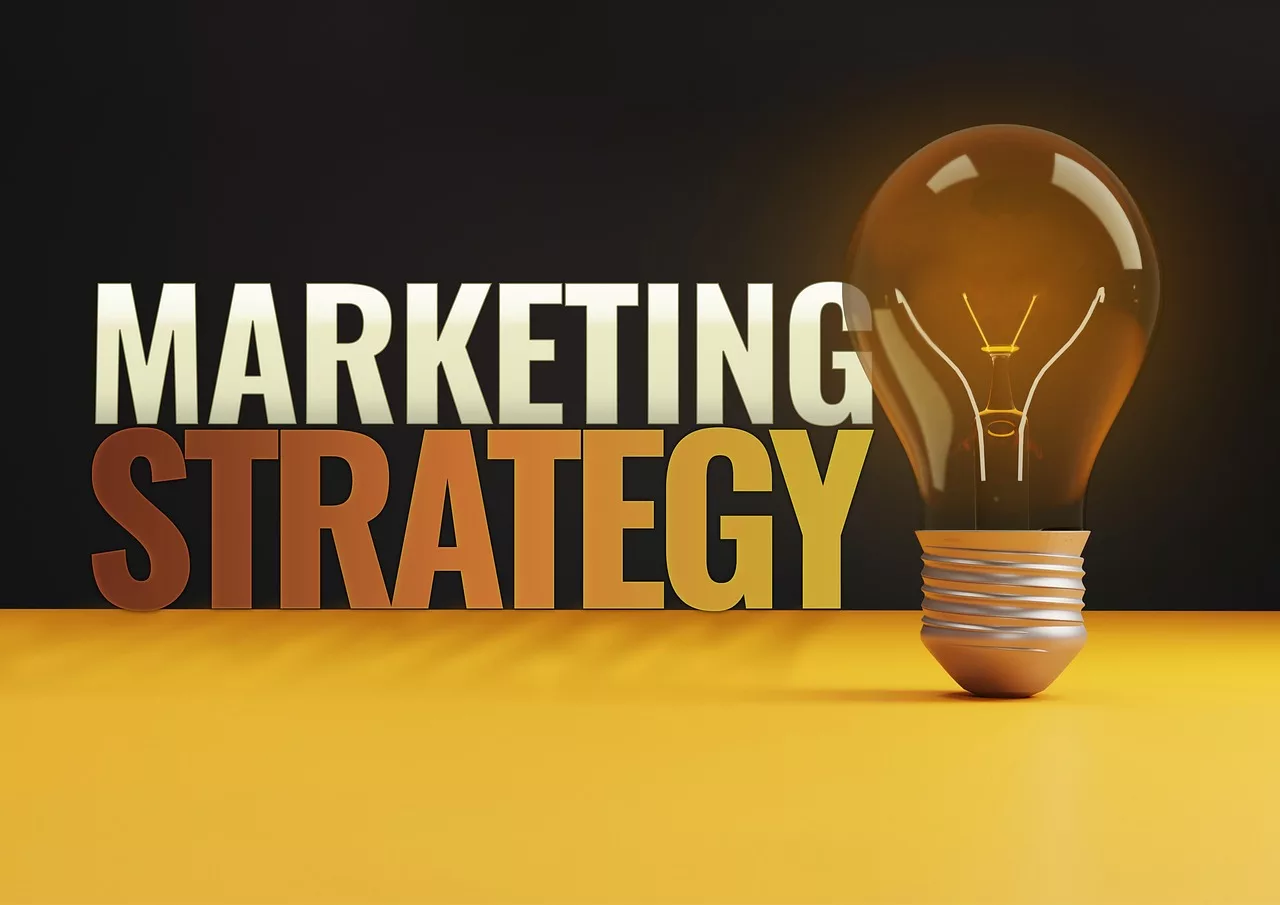
A marketing strategy is the heart and soul of any business. It’s the blueprint that guides your marketing efforts, helping you connect with your target audience, promote your products or services, and ultimately grow your bottom line. In today’s digital age, it has become increasingly important to include elements of digital marketing and social media marketing in your overarching strategy.
In this article, we’ll walk you through the steps to creating a sterling marketing strategy, highlighting the importance of digital marketing and social media marketing along the way.
Understanding the Concept of a Marketing Strategy
A marketing strategy is a business’s comprehensive plan aimed at reaching potential consumers and converting them into loyal customers. It’s an amalgamation of the company’s value proposition, key brand messaging, and other high-level elements. In essence, your marketing strategy should communicate your company’s ethos to your target market, making a compelling case for why your offerings are the best fit for their needs.
Key Points to Remember
- A marketing strategy is the roadmap for reaching potential consumers and converting them into customers.
- A well-crafted marketing strategy revolves around the company’s value proposition.
- The ultimate goal of any marketing strategy is to gain a sustainable competitive edge over your competitors.
The Role of Digital Marketing in Your Marketing Strategy
Digital marketing is a critical part of any modern marketing strategy. It involves using digital channels such as websites, social media, email, and mobile apps to reach and engage your target audience. Digital marketing allows businesses to reach a larger audience, track their marketing efforts, and tailor their strategies based on real-time data.
Why You Need Digital Marketing
- Wider Reach: Digital marketing allows you to reach a global audience, breaking the geographical barriers that traditional marketing methods may present.
- Cost-Effective: Digital marketing strategies, such as email marketing or social media marketing, are often more cost-effective than traditional marketing methods.
- Real-time Tracking: With digital marketing, you can track your campaigns in real-time, allowing you to adjust your strategies as needed for optimal results.
The Power of Social Media Marketing
Social media marketing is a subset of digital marketing that uses social media platforms to connect with your audience, build your brand, increase sales, and drive website traffic. It involves creating and sharing content on social media networks to achieve your marketing and branding goals.
Benefits of Social Media Marketing
- Increased Brand Awareness: Social media is an effective digital marketing strategy for increasing your business’s visibility.
- Improved Brand Loyalty: With social media, businesses can engage consumers in meaningful conversations, leading to increased loyalty and customer retention.
- Better Customer Satisfaction: Social media is a networking and communication platform, creating a voice for your company and improving overall customer satisfaction.
Crafting Your Marketing Strategy: A Step-by-Step Guide
Creating a marketing strategy isn’t a one-size-fits-all process. It involves understanding your business goals, knowing your target audience, and defining your unique value proposition. Here’s a step-by-step guide to help you craft a successful marketing strategy.
Step 1: Identify Your Goals
Your marketing strategy should align with your business goals. Whether you want to increase brand awareness, generate leads, or boost sales, your goals will dictate your marketing tactics and the metrics you’ll use to measure success.
Step 2: Know Your Target Audience
Understanding your target audience is crucial in creating an effective marketing strategy. This involves identifying their needs, preferences, and behaviors, and knowing where they spend their time online.
Step 3: Craft Your Unique Value Proposition
Your value proposition is what sets you apart from your competitors. It’s what makes your product or service unique and why customers should choose you over others in the market.
Step 4: Determine Your Marketing Channels
Your choice of marketing channels will depend on your target audience and your business goals. Whether you choose to focus on SEO, email marketing, social media marketing, or PPC advertising, make sure your chosen channels align with your overall strategy.
Step 5: Measure and Adjust Your Strategy
The final step is to measure the success of your marketing efforts and adjust your strategy as needed. This involves tracking key performance indicators (KPIs), analyzing your results, and making necessary adjustments to optimize your strategy.
Wrapping Up
Creating a marketing strategy is a critical step in ensuring your business’s success. By understanding your business goals, knowing your target audience, and leveraging the power of digital and social media marketing, you can create a marketing strategy that drives results and gives you a competitive edge. Remember, a successful marketing strategy is not set in stone; it’s a dynamic plan that should evolve as your business grows and as market trends change.
Related posts:
 The Ultimate Guide to Influencer Marketing Trends
The Ultimate Guide to Influencer Marketing Trends
 The Ultimate Guide to Writing Killer Ad Copy for Your Digital Marketing Campaign
The Ultimate Guide to Writing Killer Ad Copy for Your Digital Marketing Campaign
 No B.S. Direct Marketing: The Ultimate Guide to Extraordinary Growth and Profits
No B.S. Direct Marketing: The Ultimate Guide to Extraordinary Growth and Profits
 YouTube Secrets: An In-Depth Review of the Ultimate Guide to Becoming a Video Influencer
YouTube Secrets: An In-Depth Review of the Ultimate Guide to Becoming a Video Influencer




The key to driving sales in business is a good marketing strategy and with the detailed information on this guide anyone can get started with their on marketing plan. I am glad I came across this blog, it is truly amazing how much information it provides.